Productivity is a coveted skill in today’s fast-paced world, and mastering it requires more than just time management techniques. Enter mind models—powerful mental frameworks that provide insights, strategies, and perspectives to optimize productivity. This article delves into the ten most popular mind models that have revolutionized the way individuals approach productivity, offering a comprehensive guide to achieving peak efficiency.
1. Pareto Principle (80/20 Rule)
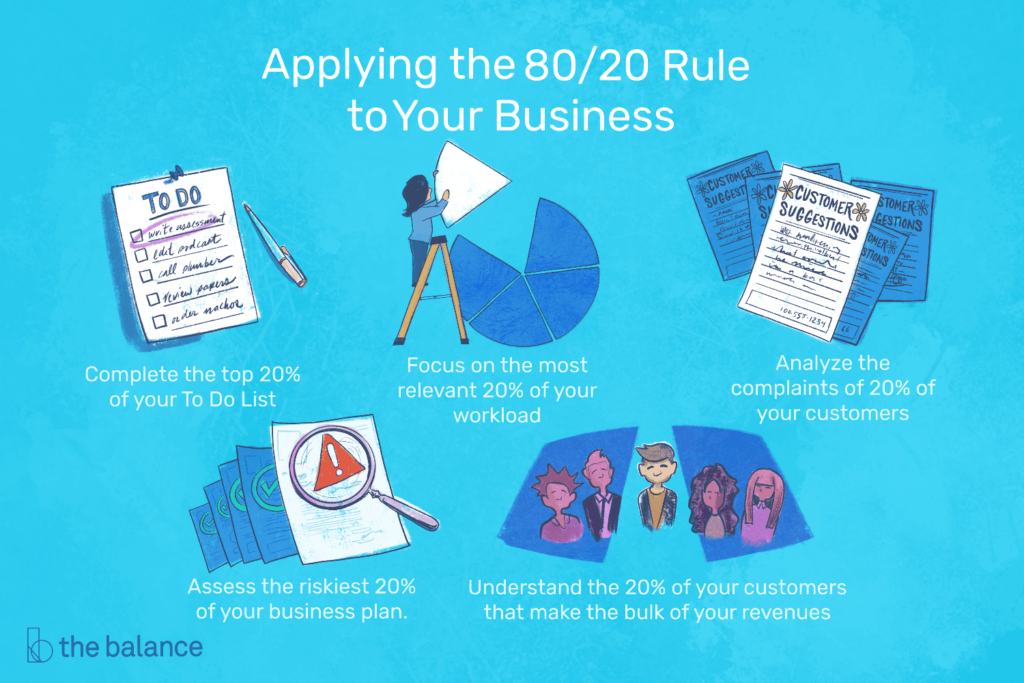
The Pareto Principle, named after economist Vilfredo Pareto, posits that roughly 80% of outcomes are driven by 20% of inputs. Applied to productivity, this principle suggests that a small fraction of tasks contribute the majority of results. By identifying and prioritizing these high-impact tasks, individuals can optimize their productivity. This involves analyzing one’s task list, categorizing items based on their potential impact, and allocating time and resources accordingly. Embracing the Pareto Principle cultivates a focused approach, ensuring that the most meaningful work receives due attention. Applied to productivity, it suggests focusing on the most impactful tasks to maximize output. Identifying and prioritizing the vital few tasks can lead to exponential gains in productivity.
2. Eisenhower Matrix
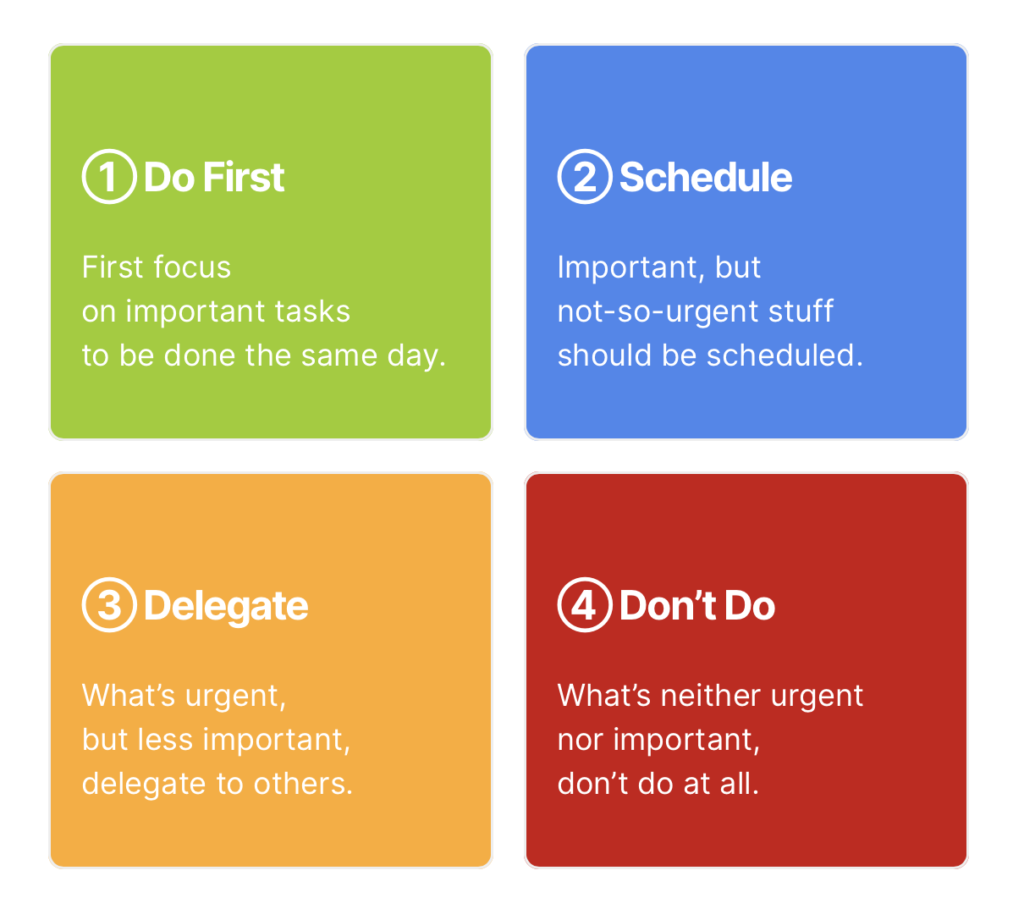
Developed by President Dwight D. Eisenhower, this matrix categorizes tasks into four quadrants based on their urgency and importance. By distinguishing between urgent and important tasks, individuals can allocate their time and effort more effectively, reducing stress and optimizing productivity. President Dwight D. Eisenhower’s matrix divides tasks into four quadrants based on their urgency and importance. This matrix facilitates clear decision-making by categorizing tasks as:
Urgent and Important
Immediate action is required.
Important but Not Urgent
These tasks are strategic and contribute to long-term goals.
Urgent but Not Important
Delegate or minimize these tasks to avoid distractions.
Not Urgent and Not Important
Consider eliminating or postponing these tasks.
3. Getting Things Done (GTD)

Popularized by David Allen, the GTD method emphasizes capturing all tasks, ideas, and commitments in an external system to free the mind for focused work. It involves categorizing tasks, setting deadlines, and systematically reviewing and executing them. The Getting Things Done (GTD) methodology, popularized by David Allen, offers a comprehensive approach to productivity. It involves capturing all tasks, ideas, and commitments in an external system (such as a to-do list or digital tool), categorizing tasks by context and priority, setting deadlines, and regularly reviewing and executing tasks. GTD promotes a systematic workflow, ensuring that nothing falls through the cracks, and enabling individuals to focus on the present moment without the mental burden of unorganized tasks.
4. Pomodoro Technique
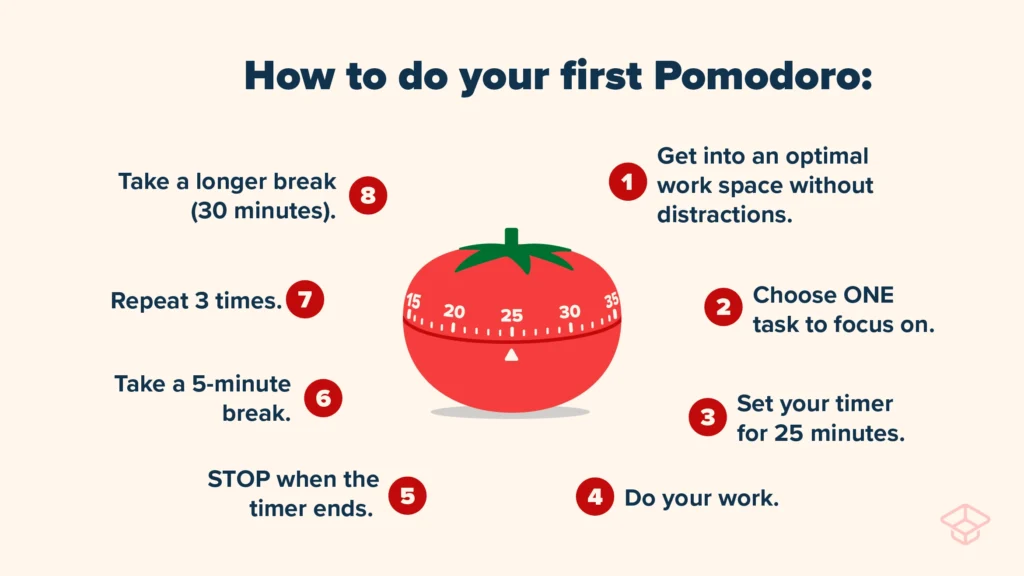
The Pomodoro Technique, devised by Francesco Cirillo, advocates breaking work into focused intervals (typically 25 minutes) followed by short breaks. This method leverages time pressure and frequent breaks to enhance concentration and prevent burnout. Francesco Cirillo’s Pomodoro Technique divides work into focused intervals (usually 25 minutes) followed by short breaks. This method harnesses the psychology of time pressure and frequent rests to optimize concentration and prevent burnout. During each Pomodoro, individuals commit to focused work, eliminating distractions and striving for uninterrupted progress. After completing a Pomodoro, a short break allows the mind to recharge before embarking on the next interval. This technique enhances productivity by balancing intensive work with necessary rest.
5. Deep Work

Coined by Cal Newport, deep work refers to undistracted, focused, and cognitively demanding work. This approach encourages individuals to allocate dedicated time blocks for deep, uninterrupted tasks, fostering heightened concentration and producing high-quality output. Cal Newport’s concept of deep work emphasizes dedicated, undistracted focus on cognitively demanding tasks. To engage in deep work, individuals allocate specific time blocks for concentrated work, eliminate distractions, and create an environment conducive to focused thinking. Deep work promotes high-quality output by enabling individuals to delve into complex tasks without interruption, ultimately leading to enhanced productivity and the creation of meaningful work.
6. Kanban System
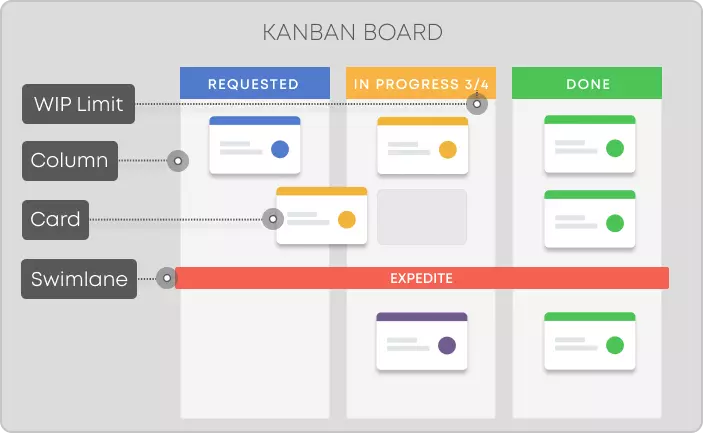
Originating from lean manufacturing, the Kanban system visualizes tasks on a board, often categorized as “to do,” “in progress,” and “done.” This model enhances productivity by providing a clear overview of tasks, promoting collaboration, and facilitating workflow management. Derived from lean manufacturing, the Kanban system visualizes tasks on a board, often categorized as “to do,” “in progress,” and “done.” This visual representation offers a clear overview of tasks, promotes collaboration among team members, and streamlines workflow management. As tasks progress from one column to the next, individuals gain a sense of accomplishment and track their productivity in real-time. The Kanban system encourages transparency, effective communication, and efficient task allocation.
7. The Two-Minute Rule
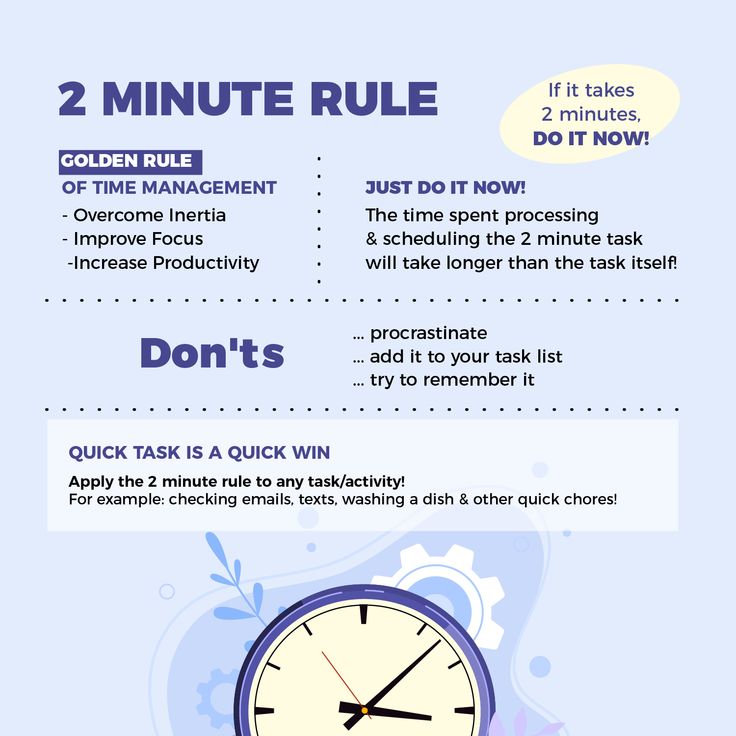
David Allen’s two-minute rule advises addressing tasks that can be completed in two minutes or less immediately. By quickly handling minor tasks, individuals prevent them from accumulating and consuming valuable time and mental energy. David Allen’s two-minute rule suggests that tasks requiring two minutes or less should be addressed immediately. This approach prevents small tasks from accumulating and consuming mental space. By swiftly handling quick tasks, individuals maintain a clutter-free mind and avoid procrastination. The two-minute rule is a practical strategy for maintaining momentum and ensuring that minor tasks do not hinder overall productivity.
8. The Zeigarnik Effect

Named after psychologist Bluma Zeigarnik, this effect suggests that incomplete tasks occupy the mind more than completed ones. Utilizing this model, individuals can initiate tasks, creating a psychological drive to complete them and reduce mental clutter. Psychologist Bluma Zeigarnik’s effect highlights the tendency of incomplete tasks to occupy the mind more than completed ones. Leveraging this concept, individuals initiate tasks to create a psychological drive for completion. Breaking tasks into manageable steps or setting interim goals ensures a constant sense of progress, reduces mental clutter, and enhances overall productivity.
9. The Flow State
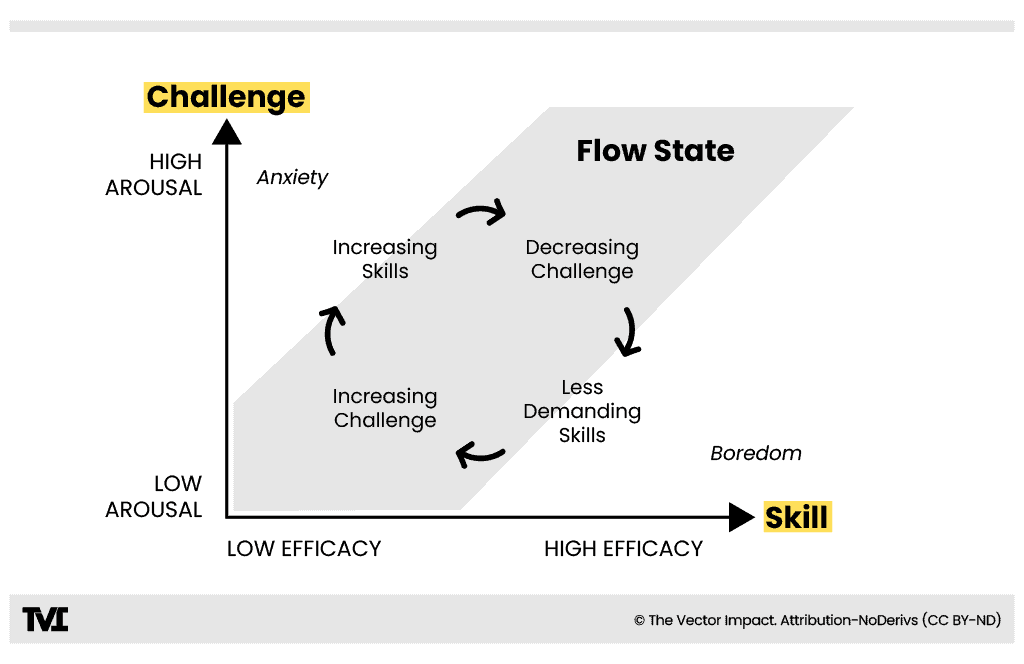
Developed by psychologist Mihaly Csikszentmihalyi, the flow state represents a mental state of complete immersion and focus in an activity. By aligning skill level with task difficulty, individuals can enter this state, leading to heightened creativity, motivation, and productivity. Psychologist Mihaly Csikszentmihalyi’s concept of flow refers to a mental state of complete immersion and focus in an activity. To achieve flow, individuals align their skill level with the difficulty of the task at hand. This balance between challenge and competence promotes heightened creativity, motivation, and productivity. By engaging in flow-inducing activities, individuals harness their intrinsic motivation and achieve a heightened sense of accomplishment.
10. The 5 Whys

Originating from the Toyota Production System, the 5 Whys involves asking “why” repeatedly to uncover the root cause of a problem. Applied to productivity, this model helps individuals identify underlying issues hindering their efficiency. By asking probing questions and delving deep into the reasons behind productivity challenges, individuals can make informed adjustments and address the core factors impacting their output.
Conclusion
In the pursuit of productivity mastery, leveraging mind models can be a transformative approach. Each of these ten popular mind models offers unique insights and strategies, allowing individuals to tailor their approach to fit their specific needs and challenges. By integrating these models into daily routines, individuals can unlock their full productivity potential, achieve meaningful goals, and create a balanced and fulfilling life amidst the demands of the modern world.